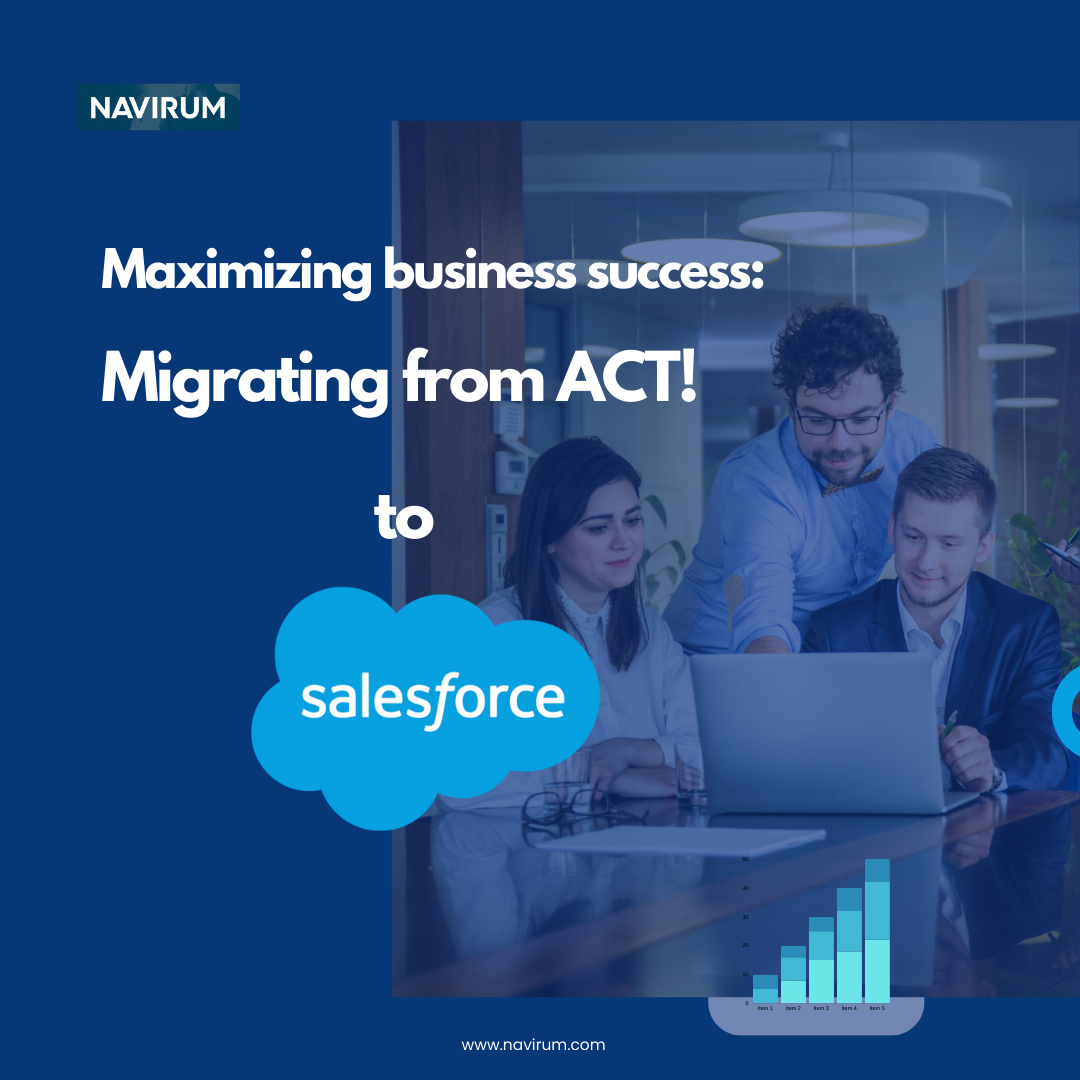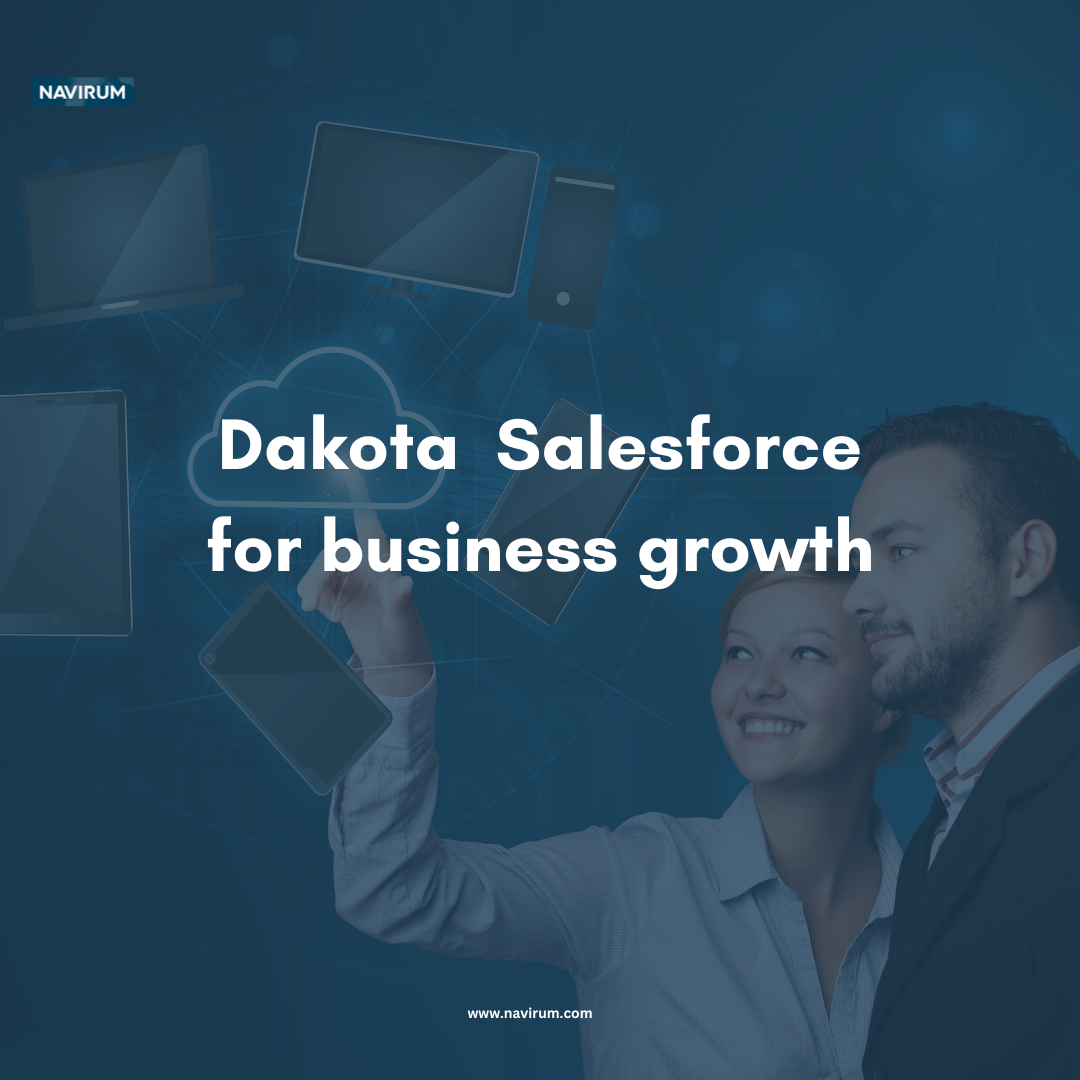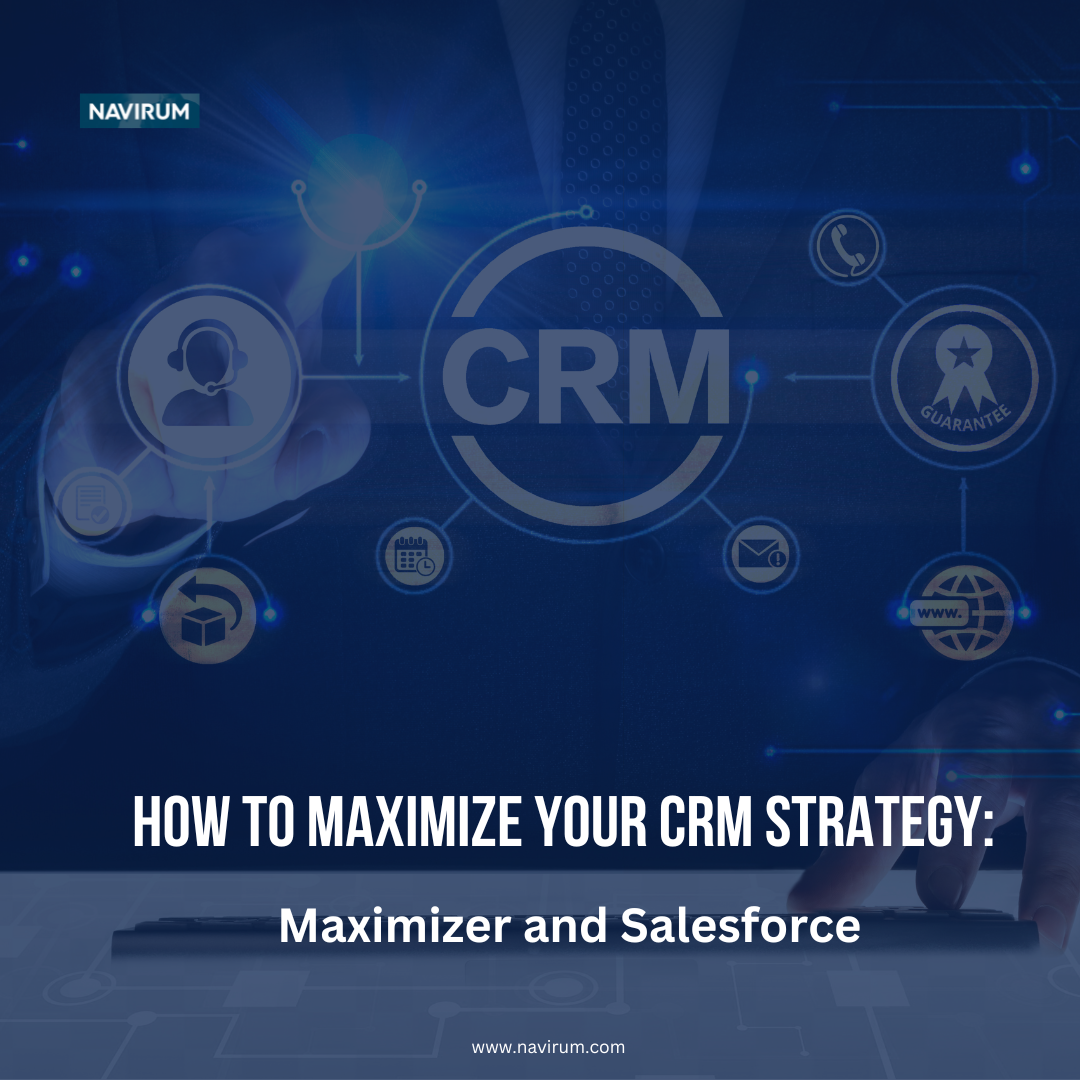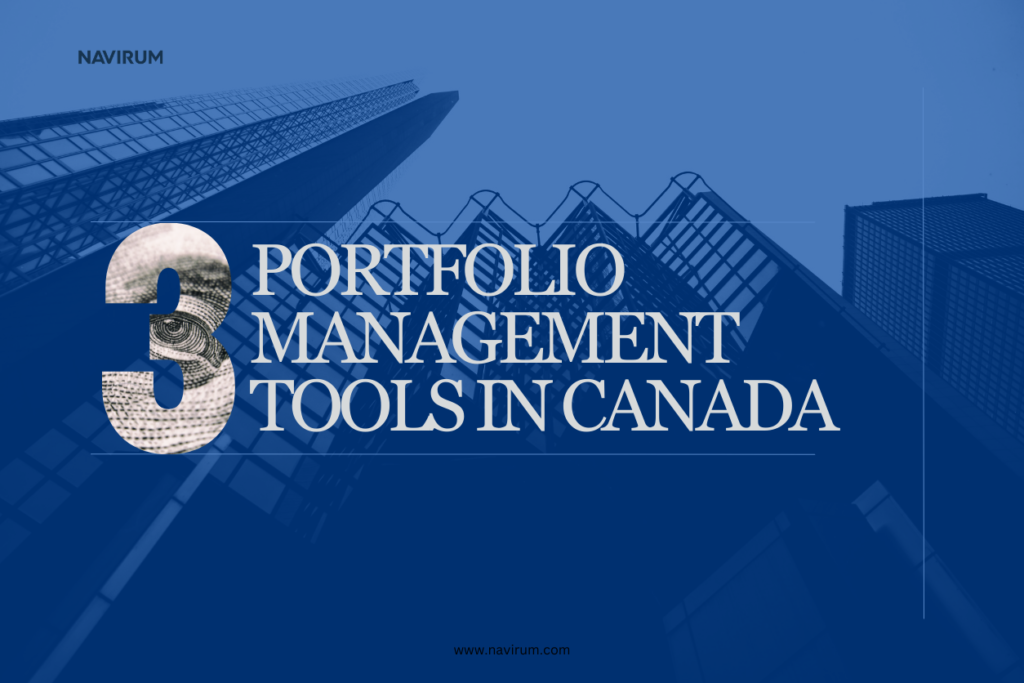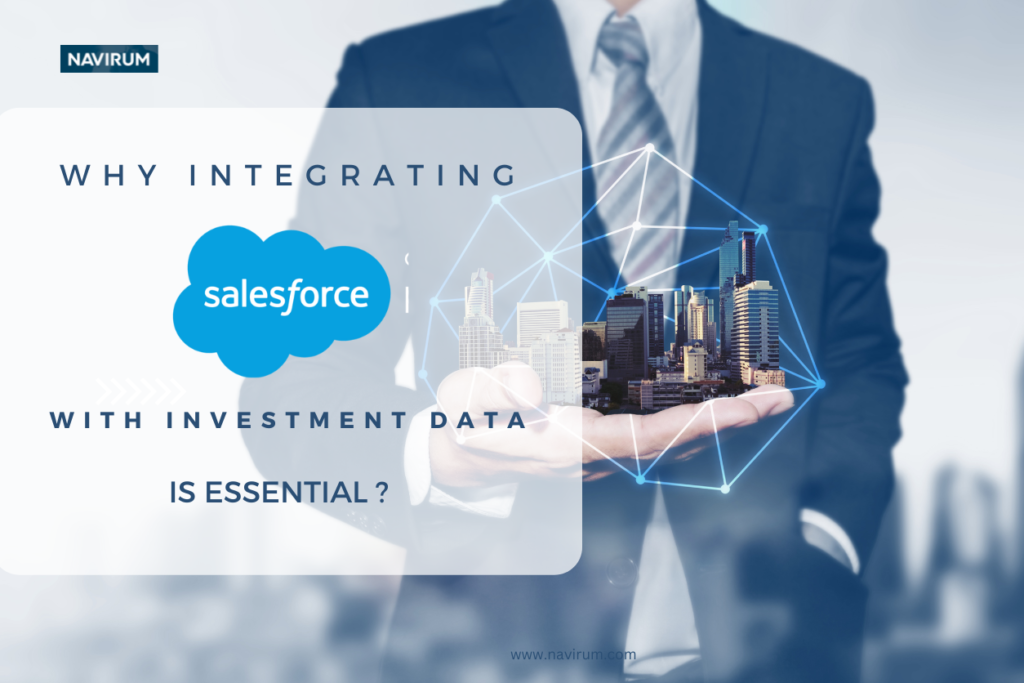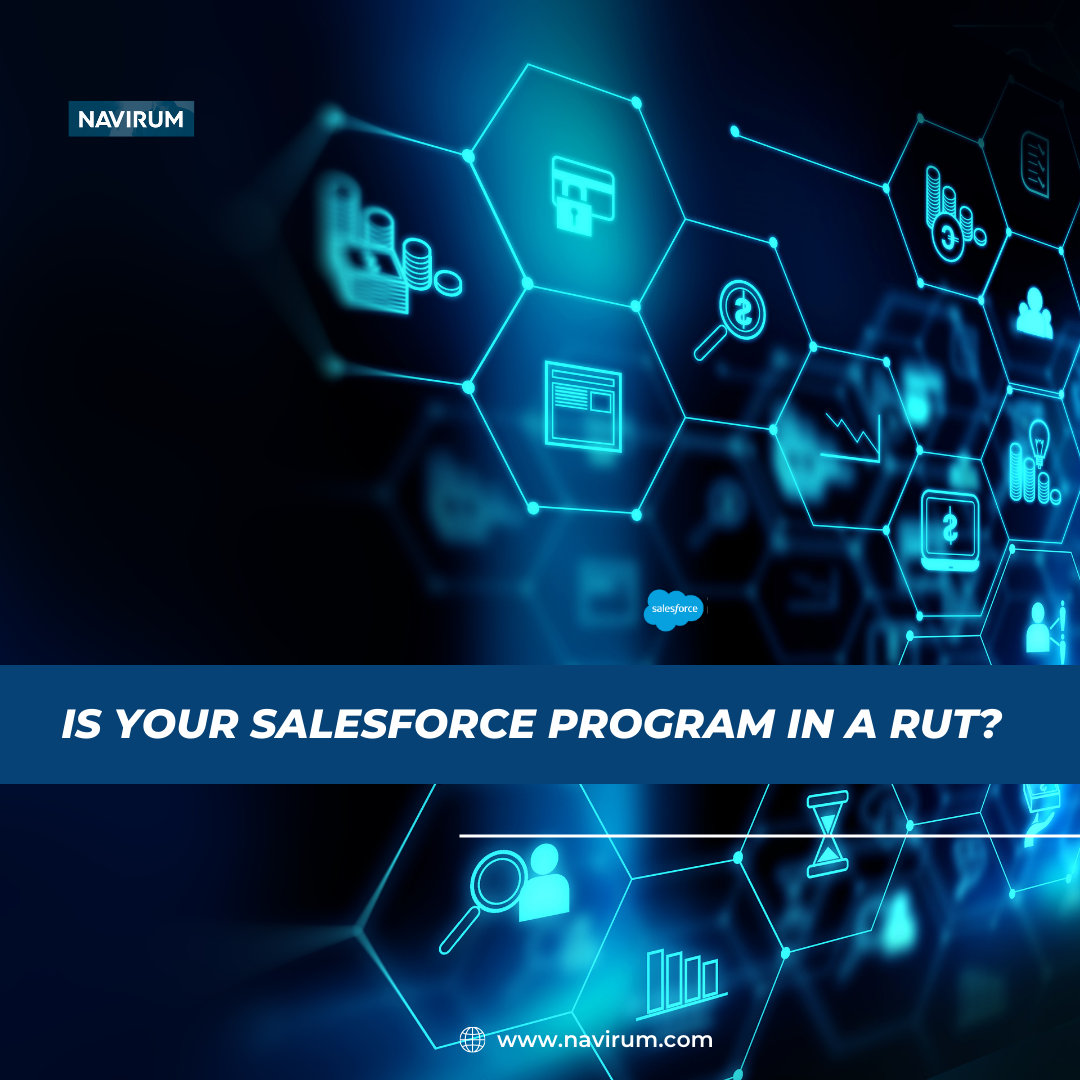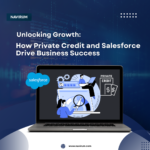Maximizing Business Success: Migrating from ACT! to Salesforce – A Strategic Approach to ACT! CRM Utilization
In the dynamic landscape of business, strategic planning is crucial to achieving long-term success. As you define your business goals and objectives for the next few years, leveraging the full potential of your Customer Relationship Management (CRM) system becomes paramount.
Here’s a comprehensive guide to optimizing your utilization of ACT! CRM to align with your business goals:
- Define Your Business Goals: Begin by clearly outlining your business objectives for the upcoming years. Whether it’s improving profitability, retaining more customers, enhancing the client experience, or increasing sales, having well-defined goals sets the direction for your CRM strategy.
- Conduct an ACT! Healthcheck: Perform a thorough audit of your ACT! CRM system to ensure it’s configured to meet your specific needs. Check critical aspects such as email syncing, version updates, backup protocols, and security settings to guarantee smooth operation and data integrity.
- Gather User Feedback: Engage with your staff to understand any challenges or barriers they face while using ACT! CRM. Addressing their concerns and incorporating their feedback into your CRM strategy fosters better user adoption and overall satisfaction.
- Create a Roadmap: Develop a roadmap that aligns with your business goals and incorporates necessary improvements to your ACT! CRM system. Whether your focus is on short-term profitability or long-term growth, your roadmap should serve as a guide towards achieving your objectives.
- Consider Migration Options: Depending on your business trajectory and goals, evaluate the feasibility of migrating from ACT! to other CRM platforms like Salesforce. If your aim is to scale your business, enhance customer experience, and leverage advanced technologies such as AI, a migration may be the strategic move forward. Here are 6 tips to migrate from ACT!! To Salesforce.
Aligning your system with your business goals is critical in today’s fast paced business world. If you need help with making this decision, please contact us below.
